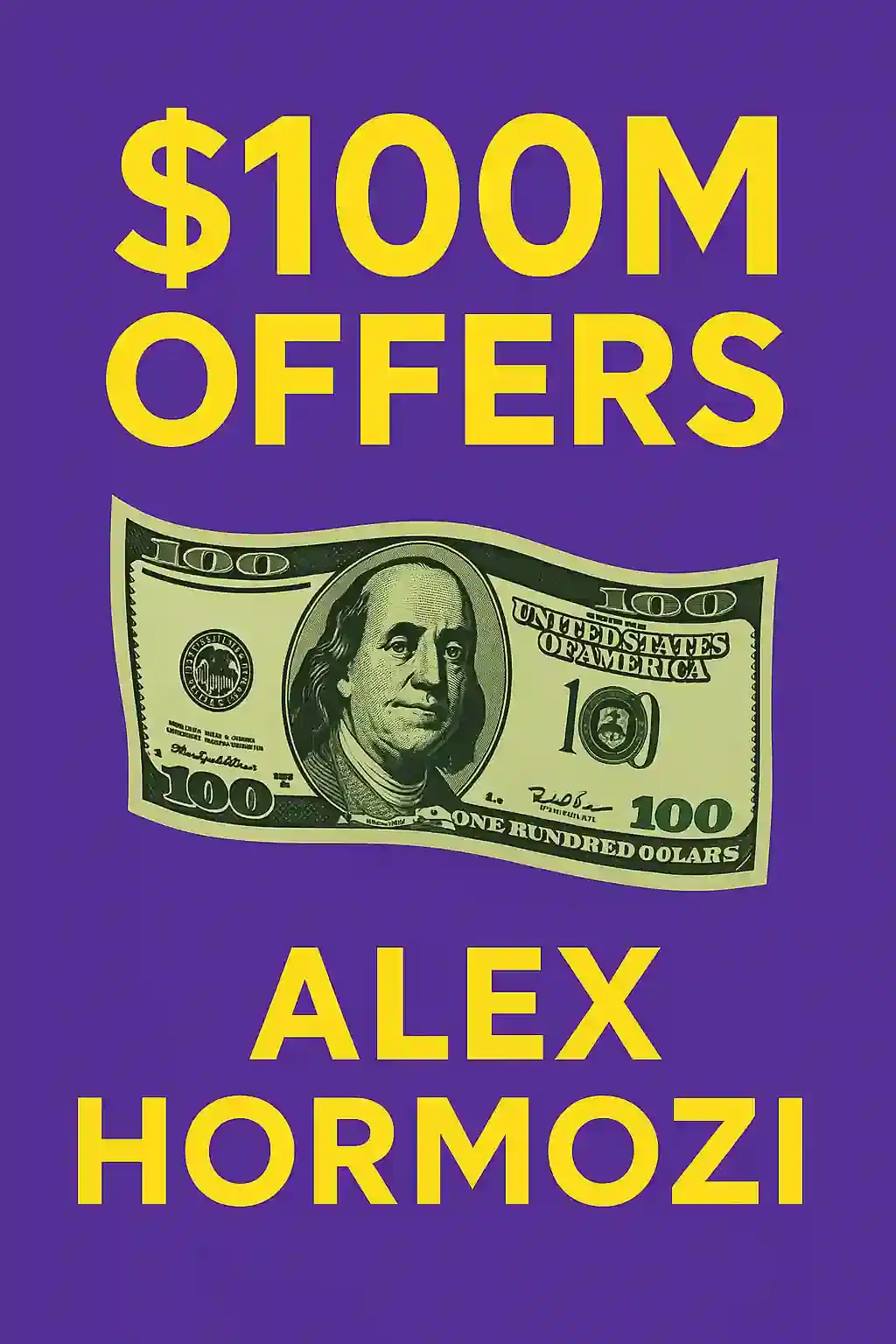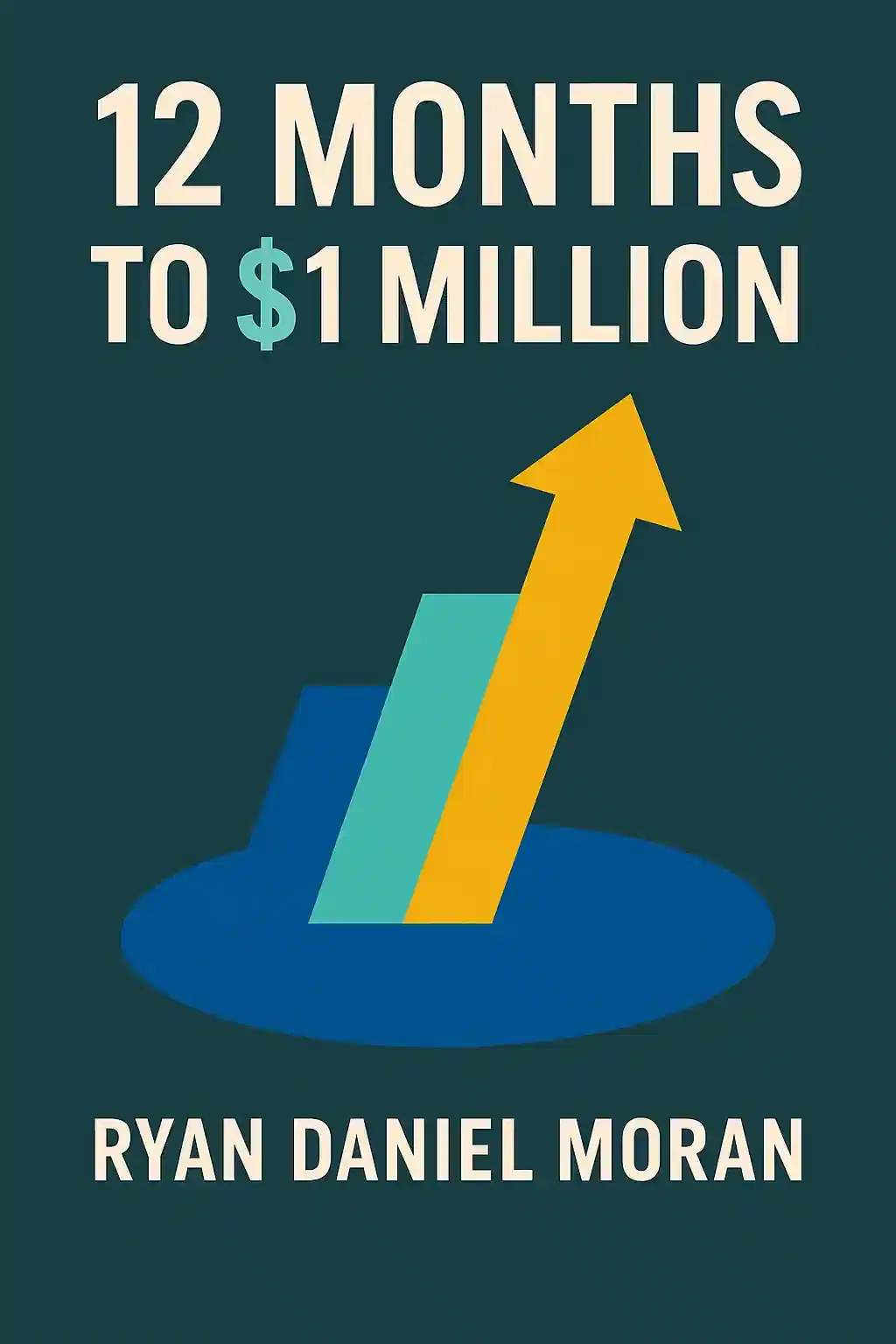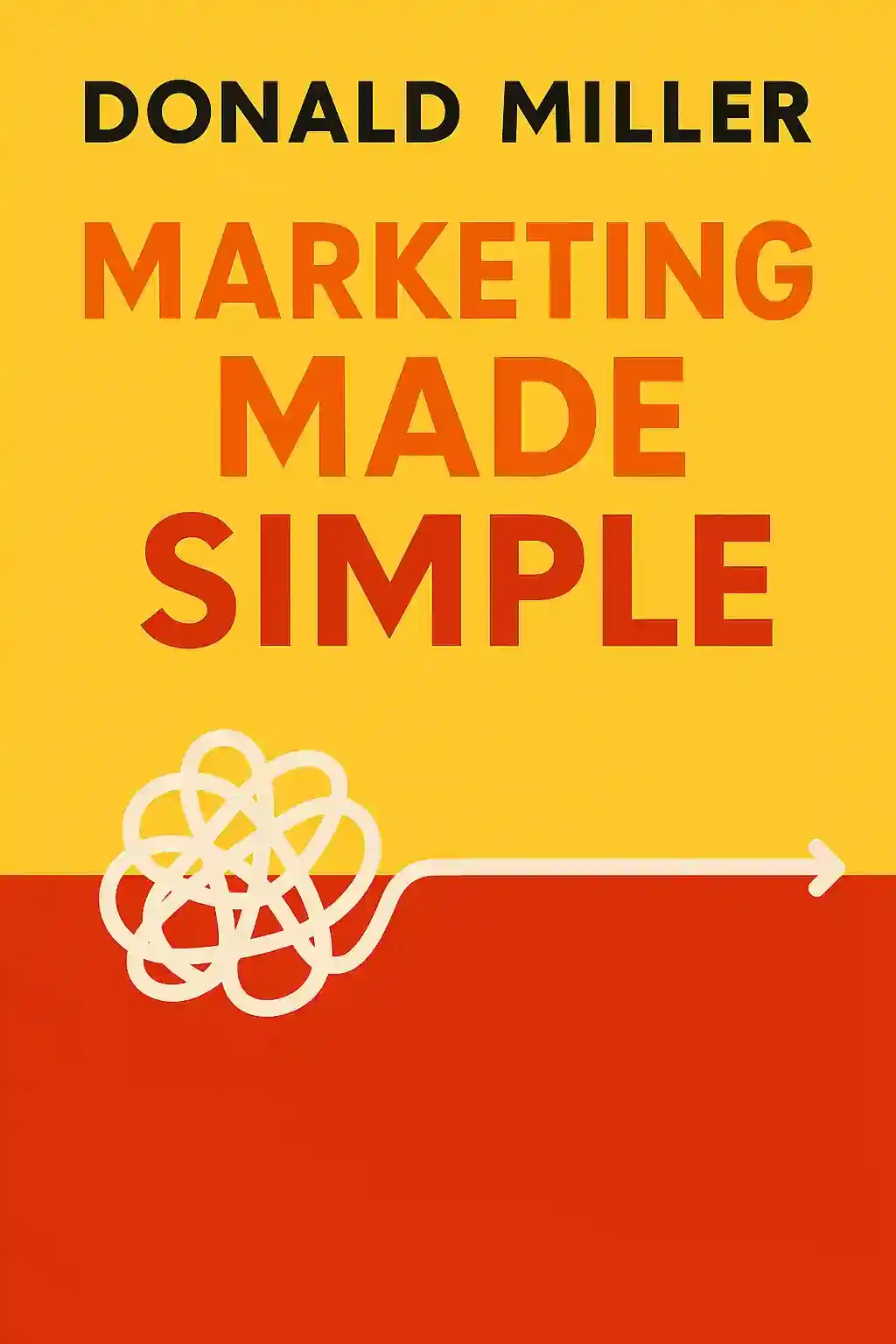What is
$100M Offers by Alex Hormozi about?
$100M Offers provides a blueprint for crafting irresistible "Grand Slam Offers" that maximize value and profitability. Alex Hormozi shares strategies to structure offers using pricing, scarcity, guarantees, and persuasive naming, drawing from his experience scaling businesses to $120M+ in sales. The book emphasizes prioritizing market selection, offer design, and ethical urgency tactics to drive high-conversion sales.
Who should read
$100M Offers?
Entrepreneurs generating <$3M annually and seeking scalable growth will benefit most. The strategies apply to industries like coaching, e-commerce, and professional services. Hormozi also targets businesses aiming to transition from client acquisition to enterprise-level scaling (e.g., $3M-$10M revenue), offering investment opportunities for those adopting his methods.
Is
$100M Offers worth reading?
Yes, particularly for entrepreneurs struggling to differentiate their offerings. Hormozi’s actionable frameworks, like the Success Hierarchy (Market > Offer > Persuasion), provide a tactical roadmap. Over 300,000 copies sold and real-world case studies (e.g., gyms, plumbing businesses) validate its effectiveness.
How does Alex Hormozi define a "Grand Slam Offer"?
A Grand Slam Offer combines unmatched value, clear uniqueness, and risk reversal (e.g., guarantees). It’s structured to make rejecting the offer feel irrational, often through tiered pricing, bonuses, and time-bound scarcity. Hormozi’s gym chain turnaround—generating $3M profit in a year—exemplifies this approach.
What pricing strategies does
$100M Offers recommend?
Hormozi advocates value-based pricing, where prices reflect customer-perceived benefits rather than costs. Key tactics include:
- Bundling complementary products/services.
- Offering premium tiers with exclusive bonuses.
- Using "ethical urgency" (e.g., limited-time guarantees) to accelerate decisions.
Why does market selection matter in
$100M Offers?
Hormozi argues that targeting high-pain, high-purchasing-power audiences is foundational. A viable market must have urgent problems, disposable income, and clear targeting channels (e.g., niche online communities). This reduces advertising costs and increases offer resonance.
How does
$100M Offers use scarcity and urgency?
The book emphasizes "Everyday Urgency"—leveraging natural deadlines (e.g., tax seasons) or inventory limits—instead of artificial pressure. Examples include limited enrollment windows for coaching programs or seasonal discounts tied to real-world events.
What role do guarantees play in Hormozi’s offers?
Guarantees de-risk purchases and build trust. Hormozi suggests bold, specific promises (e.g., "Double your revenue in 90 days or refund 150%"). This strategy increased his return on ad spend to $36 per $1 invested, as seen in his gym ventures.
Client acquisition vs. retention in
$100M Offers: Which matters more?
Hormozi prioritizes acquisition through irresistible offers, arguing that retention naturally follows exceptional value delivery. However, he outlines post-purchase "profit maximization" tactics like upsells and subscription models to boost lifetime customer value.
What are common criticisms of
$100M Offers?
Some readers note the strategies favor high-ticket services (e.g., coaching, SaaS) over low-margin products. Others caution that aggressive scarcity tactics require precise execution to avoid damaging brand trust.
How does
$100M Offers apply to small businesses in 2025?
The principles remain relevant for adapting to economic shifts (e.g., inflation, AI disruption). Hormozi’s focus on niching down and leveraging digital targeting aligns with 2025 trends in personalized marketing and lean business models.
What quotes summarize
$100M Offers’ core philosophy?
- “The goal is to make your offer so good people feel stupid saying no.”
- “Price is a story told in comparison to the value delivered.”
These emphasize psychological pricing and value positioning as key revenue drivers.




















